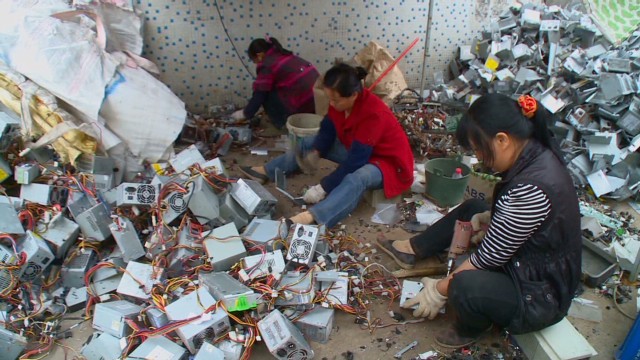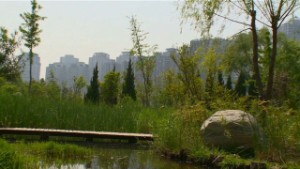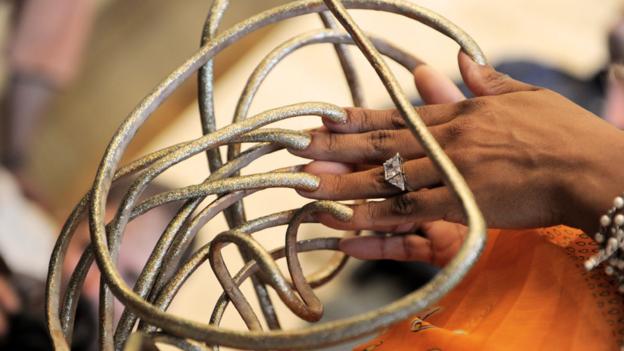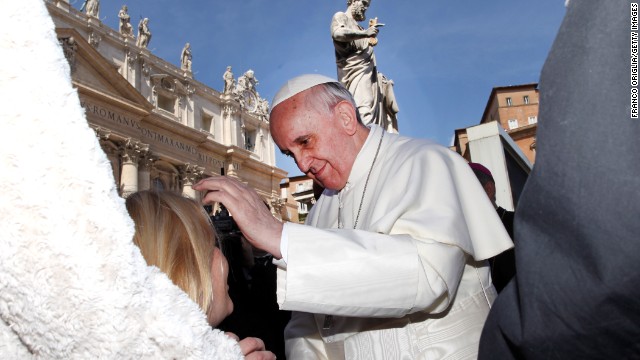US and Germany urge Russia not to arm Syria military
 Fierce fighting has been raging around the key Syrian town of Qusair
Fierce fighting has been raging around the key Syrian town of Qusair
The
US and Germany have called on Russia not to supply Syria's military
with an advanced missile system they say could prolong the conflict
there.
US Secretary of State John Kerry said the delivery of Russian
weaponry would have a "profoundly negative impact" and put Israel's
security at risk.German Foreign Minister Guido Westerwelle urged Moscow not to hinder the chances of mooted peace talks.
In Syria, fierce fighting continued on Friday around the key town of Qusair.
“Start Quote
Doctor in QusairEveryone's very sad - a lot of crying, a lot of sadness”
Dozens of opposition fighters
reached the town on Friday to bolster it against an offensive involving
government forces and militants from Hezbollah, the Iranian-backed
Lebanese group that supports Syrian President Bashar al-Assad.
One opposition activist told the BBC the humanitarian
situation in the town near the Lebanese border was worsening, with 800
wounded people needing treatment.'Unified' government Mr Kerry and Mr Westerwelle held talks in Washington a day after Mr Assad said a Russian contract to supply the S-300 surface-to-air missile defence system was being implemented, without confirming any deliveries.
The S-300PMU-2 - the variant experts believe will be sent - is a highly capable system that, as well as targeting aircraft, also has the capacity to engage ballistic missiles.
Two Russian newspapers on Friday quoted defence sources as saying that it was unclear if any of the missile system would be delivered this year.
Mr Kerry called on Russia not to upset the balance in the region by providing weaponry to the Assad regime, "whether it's an old contract or not".
Continue reading the main story
What was meant to be a three-day meeting of the opposition coalition in Istanbul turned into eight days of in-fighting that has failed to achieve its stated goals of electing a new leadership, approving an interim government and taking a clear position on the Geneva proposal.
After initially saying it would go to Geneva with conditions, the opposition now says it will not go as long as Hezbollah is fighting at Qusair. That buys it time for the great deal of work, and doubtless wrangling, that will be needed to construct a plausible delegation for the talks, and more meetings will be held early next month.
By contrast, the regime side is unified and coherent, and has decades of negotiating experience to draw on. The opposition risks a severe defeat in the talks, unless it gets its act together very seriously.
Analysis
After 40 years of tight dictatorship in Syria, it is not surprising that the opposition is finding it hard to produce a coherent, representative leadership to face off against a tough regime team in the proposed Geneva conference.What was meant to be a three-day meeting of the opposition coalition in Istanbul turned into eight days of in-fighting that has failed to achieve its stated goals of electing a new leadership, approving an interim government and taking a clear position on the Geneva proposal.
After initially saying it would go to Geneva with conditions, the opposition now says it will not go as long as Hezbollah is fighting at Qusair. That buys it time for the great deal of work, and doubtless wrangling, that will be needed to construct a plausible delegation for the talks, and more meetings will be held early next month.
By contrast, the regime side is unified and coherent, and has decades of negotiating experience to draw on. The opposition risks a severe defeat in the talks, unless it gets its act together very seriously.
"It has a profoundly negative
impact on the balance of interests and the stability of the region and
it does put Israel at risk," he said.
"We hope that they will refrain from that in the interests of making this peace process work," he said.He added that he was convinced the Syrian opposition would take part in US and Russian-backed talks expected to be held in Geneva next month. Russian and American officials are set to meet next week to prepare the ground for the peace conference.
The BBC's Jim Muir in Beirut says a lot more needs to be done for the opposition to be in any kind of shape to attend any conference in a coherent manner.
He says that, by contrast, the Syrian government appears unified and confident.
Mr Assad said on Thursday that Syria would "in principle" attend the peace conference in Geneva if there were not unacceptable preconditions.
In an interview with Lebanon's al-Manar TV, which is owned by Hezbollah, he warned that Syria would respond in kind to any future Israeli air strikes.
Qusair crisis Meanwhile, Syrian state television said troops and Hezbollah fighters had captured the Arjun district of Qusair on Thursday.
Continue reading the main story
Syria's Russian-made military
- Nearly 5,000 tanks; 2,500 infantry fighting vehicles; 2,500 self-propelled or towed artillery units
- 325 Tactical aircraft; 143 helicopters
- Nearly 2,000 air defence pieces
- 295,000 active personnel; 314,000 reserve personnel
An attempt to get wounded people
out of the town on Friday had failed, an opposition activist told the
BBC, as the convoy had come under attack, with nine people killed.
The source said 30,000 people were still in Qusair, 80% of
which was under rebel control, although these figures cannot be
independently verified."There is no water at all, because the Assad regime controls the water supply, and there has been no electricity for four months," he said.
More than 80,000 people have been killed and 1.5 million have fled Syria since the uprising against Mr Assad began in 2011, according to UN estimates.

- The long-range surveillance radar tracks objects over a range of 300km (185 miles) and relays information to the command vehicle, which assesses potential targets
- A target is identified and the command vehicle orders the engagement radar to launch missiles
- Launch data is sent to the best placed of the battalion's six launch vehicles and it releases two surface-to-air missiles
- The engagement radar helps guide the missiles towards the target. It can guide up to 12 missiles simultaneously, engaging up to six targets at once






















